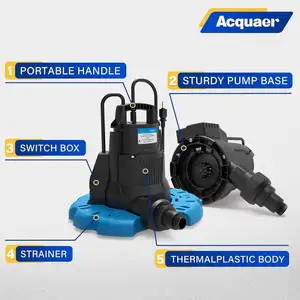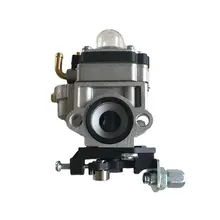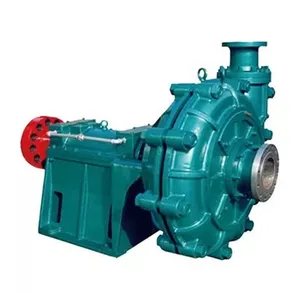
When selecting the right 3 inch water pump, it's crucial to consider the specific requirements of your operation. The choice between lightweight, general-purpose, and high-pressure pumps will affect their suitability for various tasks. For instance, lightweight and general-purpose pumps are often adequate for residential uses such as gardening or de-watering, while high-pressure pumps are better suited for industrial applications where large volumes of water need to be moved quickly.
The decision between electric and gas-powered water pumps is also significant. Electric pumps are convenient for indoor use or where electricity is readily available, and they require less maintenance. In contrast, gas pumps offer higher GPM and are ideal for outdoor tasks where power outlets are not accessible, but they cannot be used indoors due to emissions.
Features to look for include the pump's weight and portability if frequent movement is required, the ability to connect to a garden hose for tasks like lawn watering, and the GPM discharge capacity, which determines the flow rate. Additionally, durability features such as silicon carbide mechanical seals and cast iron volutes can enhance the pump's longevity and performance.
Lastly, consider pumps with advanced features like high-quality engines known for their power and reliability, safety operation technology, and high-performance mounts to minimize vibration and wear. For chemical applications, ensure the pump has appropriate seals like EPDM for compatibility. By carefully evaluating these aspects, you can choose a 3 inch water pump that meets your operational needs effectively.















































 浙公网安备 33010002000092号
浙公网安备 33010002000092号 浙B2-20120091-4
浙B2-20120091-4